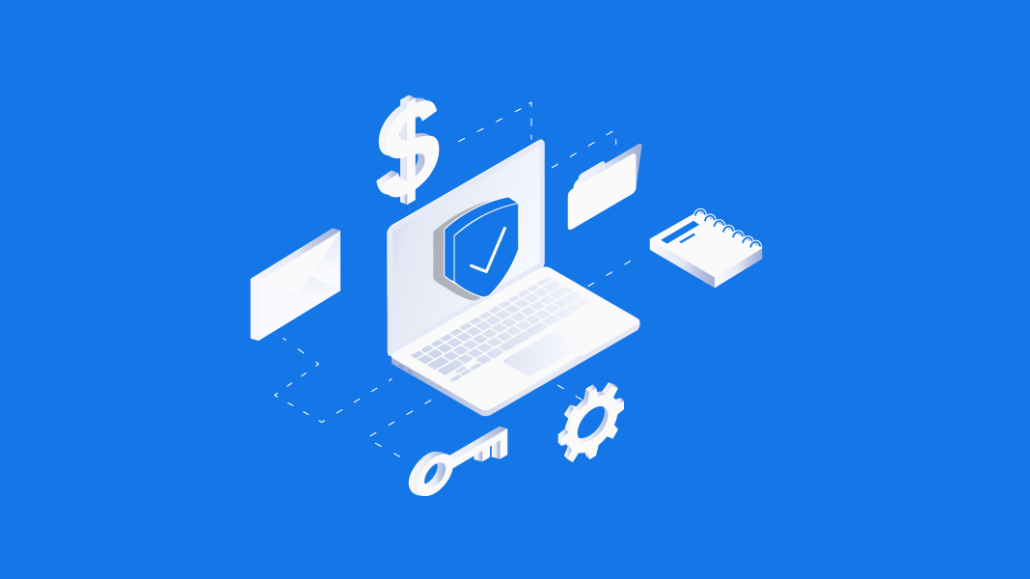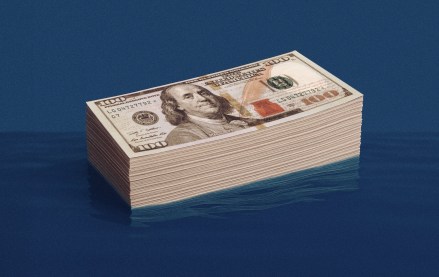Save 50% on a 3-month Digiday+ membership. Ends Dec 5.

By Tom Link, senior executive vice president, ZOOM Media
In the digital age, anybody can be a publisher. Take, for example, the enterprising teenagers in Macedonia who created the world’s most prolific fake-news factory during the 2016 U.S. elections. America witnessed first-hand the level of deception that can come from unscrupulous publishers.
Last year, at the 2018 IAB Leadership Summit, Unilever was the first major player to acknowledge the dark cloud looming over the industry: Fraudsters were stealing $20 million per month thanks to botnets masquerading as real users. And in March, the advertising behemoth announced that a “trusted publishers” network was needed. Botnets, fake-clicks and brand-unsafe content had gone too far.
But why stop there? Shouldn’t advertisers require higher standards and more lofty expectations for their audience?
IAB doesn’t readily define who or what a publisher is. Nevertheless, at times, it seems almost impossible to avoid an ad publisher. They’re on TV; they’re on our phones; they’re in our lives. Advertising has become so ubiquitous that it can be difficult to locate the actual content one wishes to view/read/watch/listen to.
In the past, the norm for publishers was to intermix ad campaigns with original content that sparked interest or provided value. Now, there are never-ending ad streams that offer little to no entertainment, often only by way of a few clickbait-y headlines automatically fed by some third-party site.
Static, standalone ads can make sense when relegated to mass-reach billboards. But technological enhancements have allowed passive formats to exist in places meant to be more interactive. And despite innovative devices that empower publishers, some choose to neglect their primary duty of entertaining and educating an audience. Take, for example, large format outdoor digital billboards. Most are still used simply to display advertising despite a capability to offer much more to their viewers.
It’s publishing malpractice that didn’t exist yesteryear. Those who sought out the ads in print magazines always hoped to stumble upon editorial that would keep them engaged.
It’s this engagement that differentiates a bona fide publisher from a sandwich board. Showcasing original content captivates consumers on a more intense level than a publisher functioning as an advertising carousel. Whether it be fashion tips, sports news, or the weather, publishers need to supply their own content if they hope to engage an audience.
This is not to say that advertising fails to qualify as art or essential content. It is art and it is essential. But, in order to catch the ad, people need a hook. The modern consumer has learned to passively ignore ads that permeate their lives. It’s not because consumers are averse to marketing campaigns. They just want something of value bookending the ad. No one is demanding a full-length motion picture or a full-on resuscitation of the daily news. Yet, consumers expect more out of publishers in 2019. Advertisers should too.
Brand-safe content with proven engagement does exist. But as Unilever and other advertisers have realized, there is no easy or automated method to distinguish trustworthy publishers from Macedonian teenagers. In some instances, it’s hard to identify publishers that produce any content at all.
These days, media publishers are mostly competing against banner-filled websites that are more intrusive than they are inviting. To fix this, the industry cannot rely on Unilever to weed out unqualified publishers. An industry organization such as the IAB could help. IAB should heed the warnings of Unilever and help formalize concrete guidelines that define and promote publishers.
With these definitions in place, programmatic buying platforms can then assign a “premium” designation to those publishers that qualify, therefore making it simpler for advertisers to select and buy only those properties that offer real engagement. It may be a difficult task, but the confidence of advertisers and media buyers is at stake — along with $20 million.
More from Digiday

How AI’s hit to publisher traffic is quietly rewiring media M&A
Publishers’ AI-driven traffic declines are cooling M&A, stalling deals and lowering valuations. Some analysts are optimistic about 2026.

Digiday+ Research: Where publisher revenue stands with ads, video, content licensing and subscriptions
Digiday+ Research conducted a survey among nearly 40 publisher professionals in Q3. Here is what they had to say about their different revenue sources.

Media Buying Briefing: Understanding 24 Seven’s move to become a mini-holdco with three complementary agencies
The staffing consultancy moved to acquire performance agency Markacy and creative shop Futureman, adding them to tech platform-turned-agency SketchDeck





